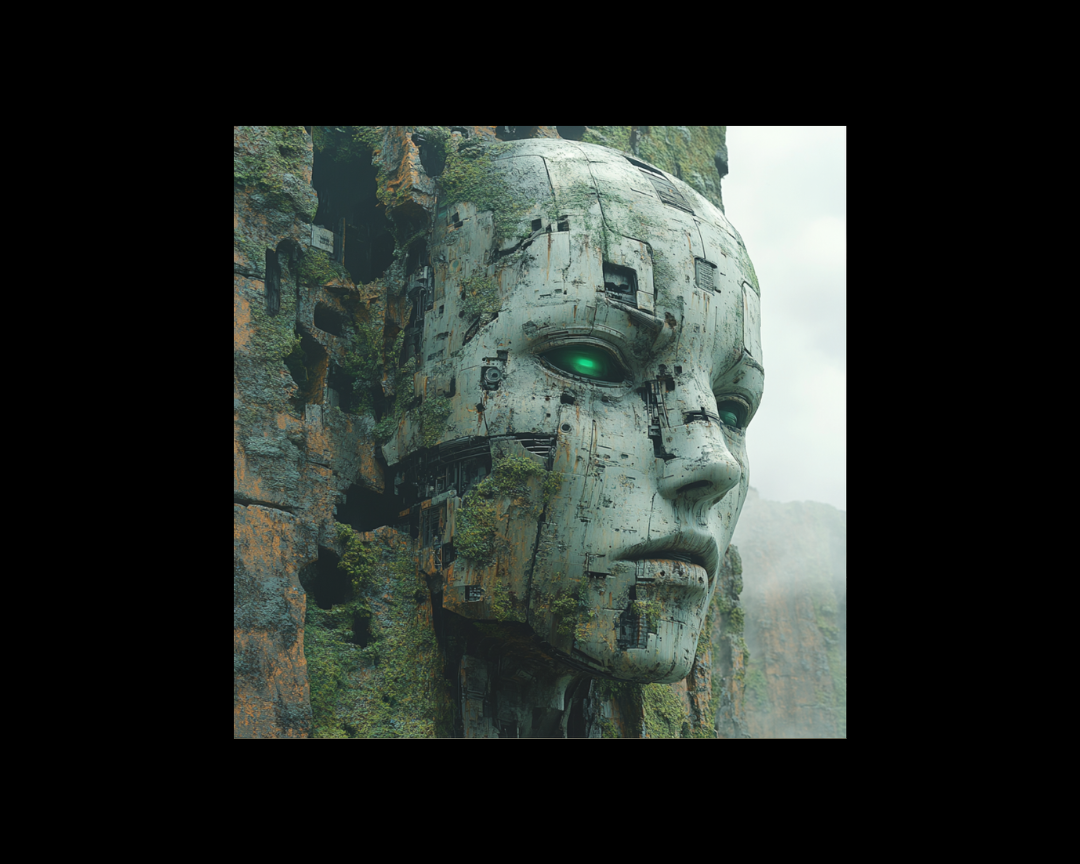Preparing Documentation Against AI-Powered Misinformation
Misinformation is an ever-present threat, and with the rise of AI-powered tools capable of generating and disseminating convincing false information,...

Developer ecosystems have become indispensable for business growth. But the backbone of these ecosystems? High-quality technical documentation and content. As technical writers, we play a crucial role in this ecosystem, creating the resources that developers need to succeed with products and platforms.
In this article, we'll explore key insights from industry experts on what makes technical documentation effective, how to align it with developer needs, and strategies for measuring its impact.
The mid-2000s saw the emergence of developer-first approaches with cloud providers like AWS, Azure, and Google. These companies recognized the power of opening their platforms to developers. This approach was further refined by companies like Twilio and Stripe in the 2010s, who built their entire business models around developer-centric, open ecosystems.
Today, a strong developer ecosystem is essential for technical products. As technical writers, we must understand that technology is no longer just a product—it's an experience, and our documentation must empower developers within that experience.
Technical audiences have fundamentally different needs than traditional buyers. They're seeking practical, actionable information that helps them solve specific problems. As technical writers, we must focus on:
Remember that developers want to know how they can use a product to achieve desired outcomes. They need documentation that allows them to make quick "build vs. buy" decisions and get to a working solution as efficiently as possible.
Effective technical content goes beyond basic documentation. According to our experts, a complete technical content strategy includes:
Transparency is paramount—documentation should clearly describe what a product can and cannot do. Technical writers must avoid making overblown claims, as developers will quickly discover the truth and share their findings with others.
Creating excellent documentation is only the first step. To drive engagement:
Proving the ROI of technical documentation can be challenging, but several key metrics can help:
For organizations just starting to build their technical content program:
As technical writers, we serve as the bridge between complex products and the developers who implement them. Through thoughtful, comprehensive documentation, we can empower developers, reduce friction, and ultimately drive business growth.
The most successful technical content programs understand their audience deeply, provide transparent and practical information, and continuously evolve based on user feedback and product changes. By following these principles, we can create documentation that not only serves developers but becomes a competitive advantage for the organizations we support.
Want to elevate your technical documentation? Hire a Writer specializes in creating developer-focused content that drives engagement and adoption. Contact us to learn how our technical writing experts can transform your documentation strategy.

Misinformation is an ever-present threat, and with the rise of AI-powered tools capable of generating and disseminating convincing false information,...
-4.png)
Your technical documentation is probably your biggest untapped SEO opportunity, and you don't even know it. While marketing teams obsess over blog...

In the tech world, creating documentation that is clear, accessible, and inclusive is essential to ensuring everyone can use and understand products...